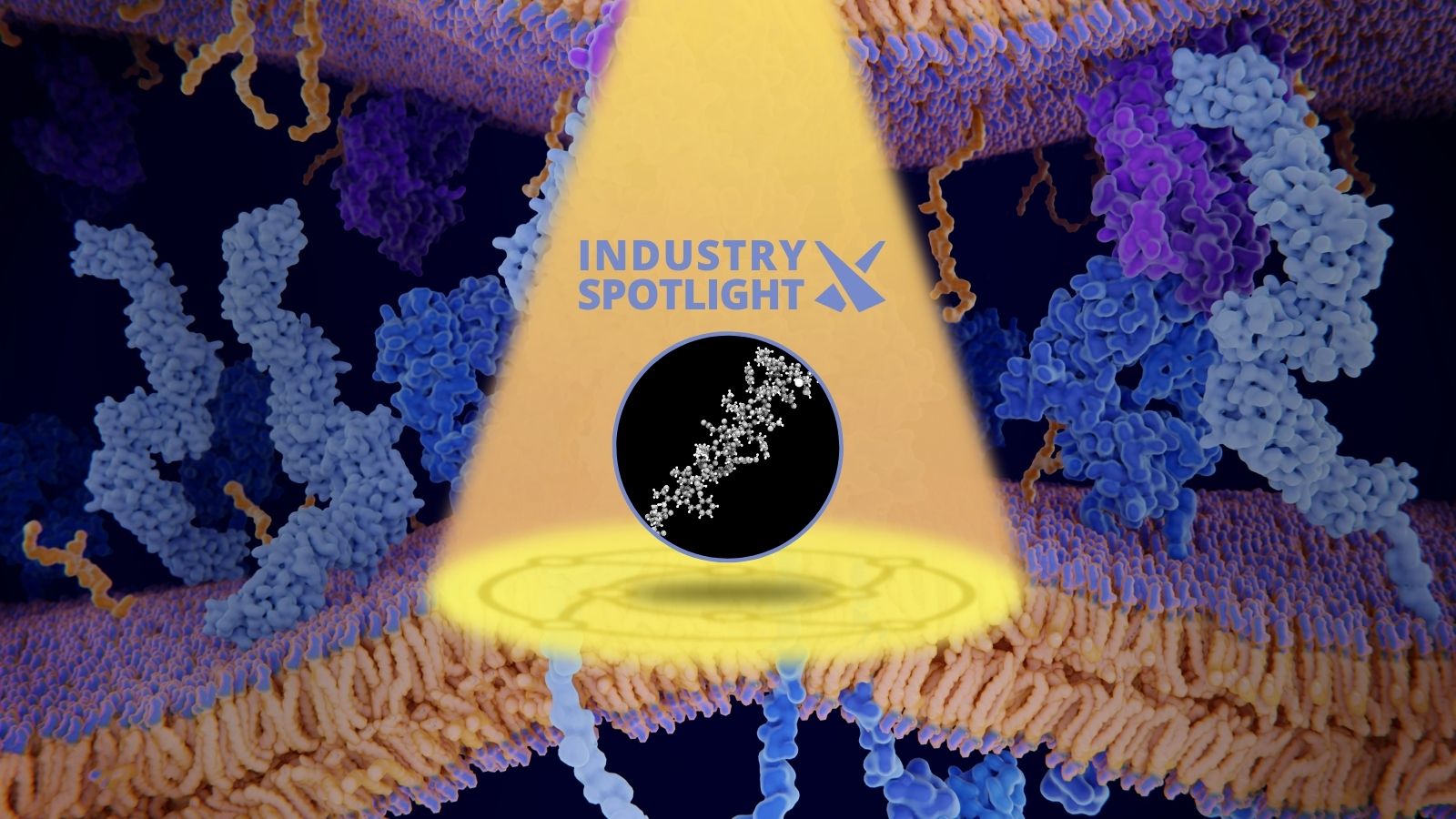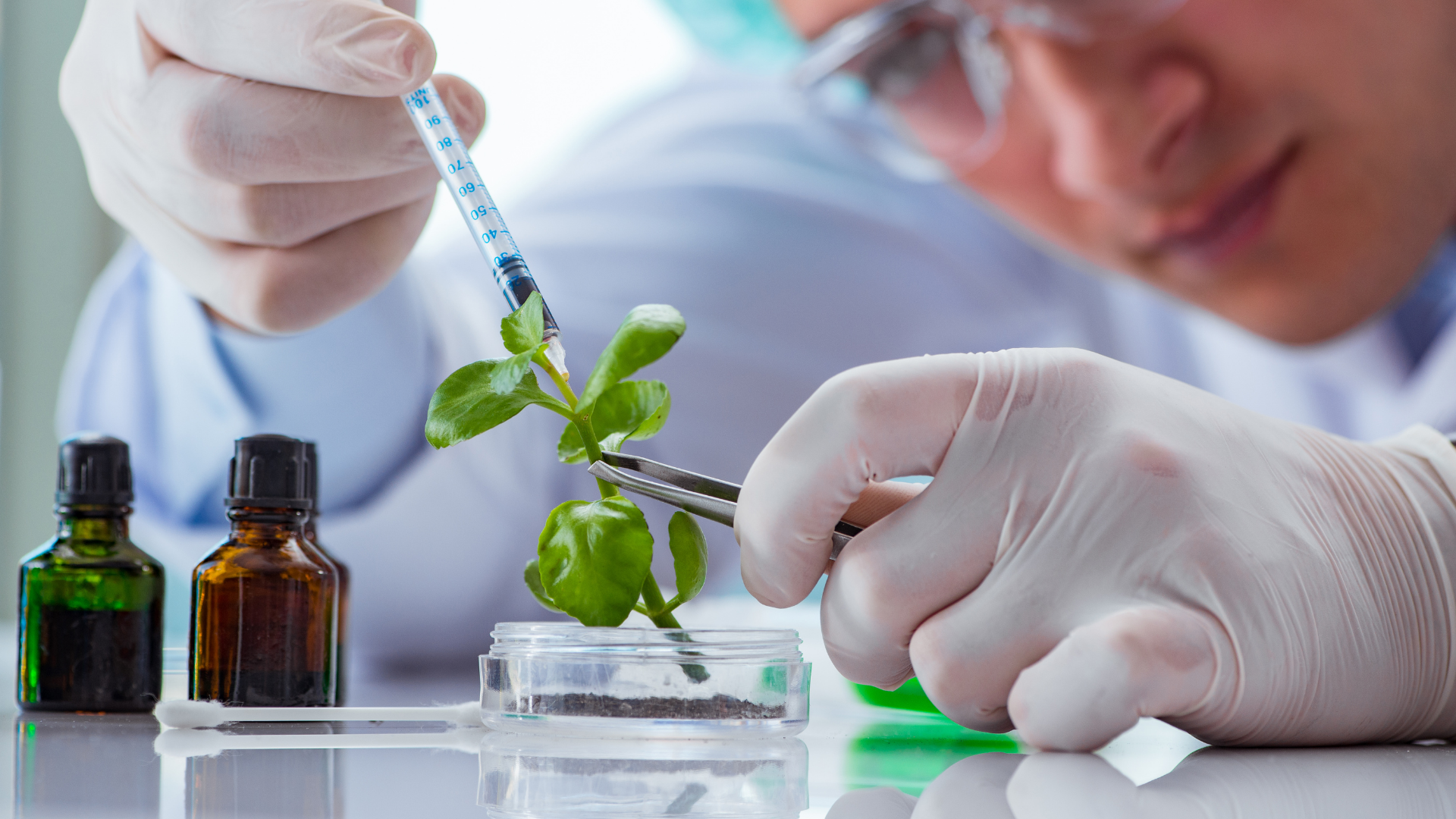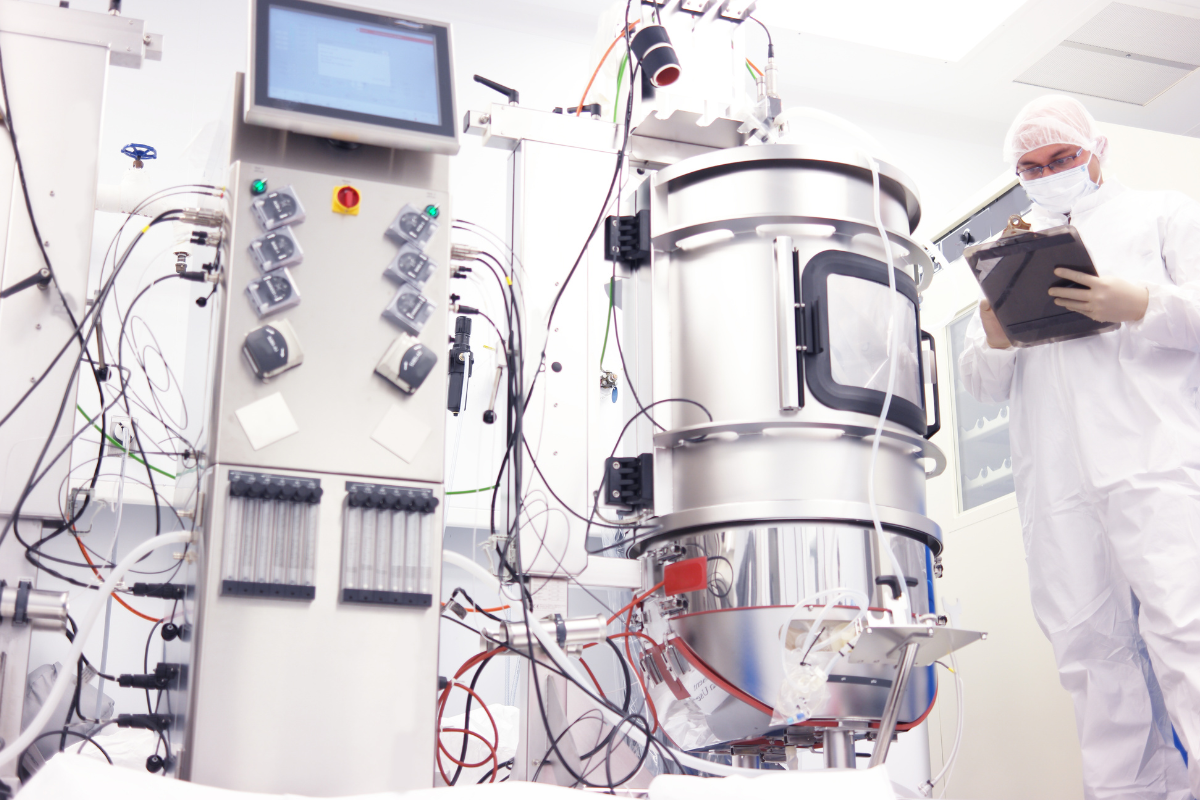Trends and Challenges in Peptide Bioanalysis and Production

Performing peptide bioanalysis can refine the therapeutic production process, enabling strategies for increased analyte recovery that avoid inducing non-specific binding.
In the course of the last decade, there has been a tangible shift towards greater incorporation of biologics into pharmaceutical pipelines because of their improved efficacy and reduced side effects when compared to other therapeutic agents.
With this shift in large molecule therapeutics, the industry has seen an increased focus in their quantification in bioanalytical labs and contact research organizations (CROs).
The increased size and structural complexity of large molecules means method development can be a daunting task, even for scientists skilled in small molecule development.
By accounting for the new challenges introduced in association with a new need for more extensive and robust bioanalytical methods, researchers can stay ahead of the curve in exploring the therapeutic options offered by large molecules.
Protein and Peptide Quantification
One key challenge in the identification of proteins and peptides is their quantification using liquid chromatography-mass spectrometry (LC-MS).
Due to their large and complex structure, the development of robust analytical methods for proteins often requires more expertise.
The process may also require more method development due to the variety of challenges encountered.
Gaining improved sensitivity and selectivity in this context often requires improved sample extraction techniques beyond ‘basic’ protein precipitation as a means of increasing overall method sensitivity.
This approach introduces challenges associated with maintaining solubility throughout sample preparation and analysis: protein binding of biomolecules from the respective biomatrices may be disrupted, resulting in a loss of substances and higher variability in assay performance.
Low analyte recovery can also be a major roadblock in peptide bioanalysis, and can represent the most common symptom of failure in disrupting either non-specific binding or protein binding.
Pre-treatment strategies – such as dilution with strong acid – can represent a useful workaround to prevent binding disruption in this context, improving overall analyte recovery.
Organic pre-treatment with a 1:1 solution of methanol of acetonitrile or denaturation with guanidine or sodium dodecyl sulfate can also represent a key approach.
The Impact of Non-Specific Binding on Peptide Bioanalysis
In the context of peptide bioanalysis, non-specific binding may impact on quantitative performance.
Non-specific binding refers to the propensity of the peptide or protein to adhere to a surface it comes into contact with.
This may be a glass beaker, a collection vessel, the tip of a pipette, or liquid chromatography fluidics.
If the analyte is subjected to non-specific binding, overall assays may suffer.
Some of the main challenges to overcome are poor sensitivity, chromatography issues, and non-linearity – which is a particular headache at the low end of a calibration curve.
To overcome non-specific binding, researchers and developers should ensure that their biomolecule starts well from an initial state of solubilisation through to sample extraction and LC-MS analysis.
One expert recommends limiting to organic concentrations to ‘no more than 75%’, since peptides will precipitate in all organics with the use of organic modifiers like acids or bases to promote and maintain stability.
The appropriate choice of collection vessels is also important: some plates and vials are specifically designed for LC-MS analysis to reduce sample losses for biomolecules due to ionic interactions and non-specific binding with the sample container.
Many of the samples and standards used in peptide bioanalysis are highly purified and devoid of proteins or other components that could protect the biomolecule from sticking to the container and being lost.
One of the best approaches would be to use a mix of organic or aqueous solutions containing modifiers such as formic acid or ammonium hyrodoxide to ensure proper ionization and maintain stability.
Get your regular dose of industry news and announcements here, or head over to our Biologics portal to catch up with the latest advances in targeted therapies. To learn more about our upcoming Biologics UK conference, visit our event website to download an agenda and register your interest.






